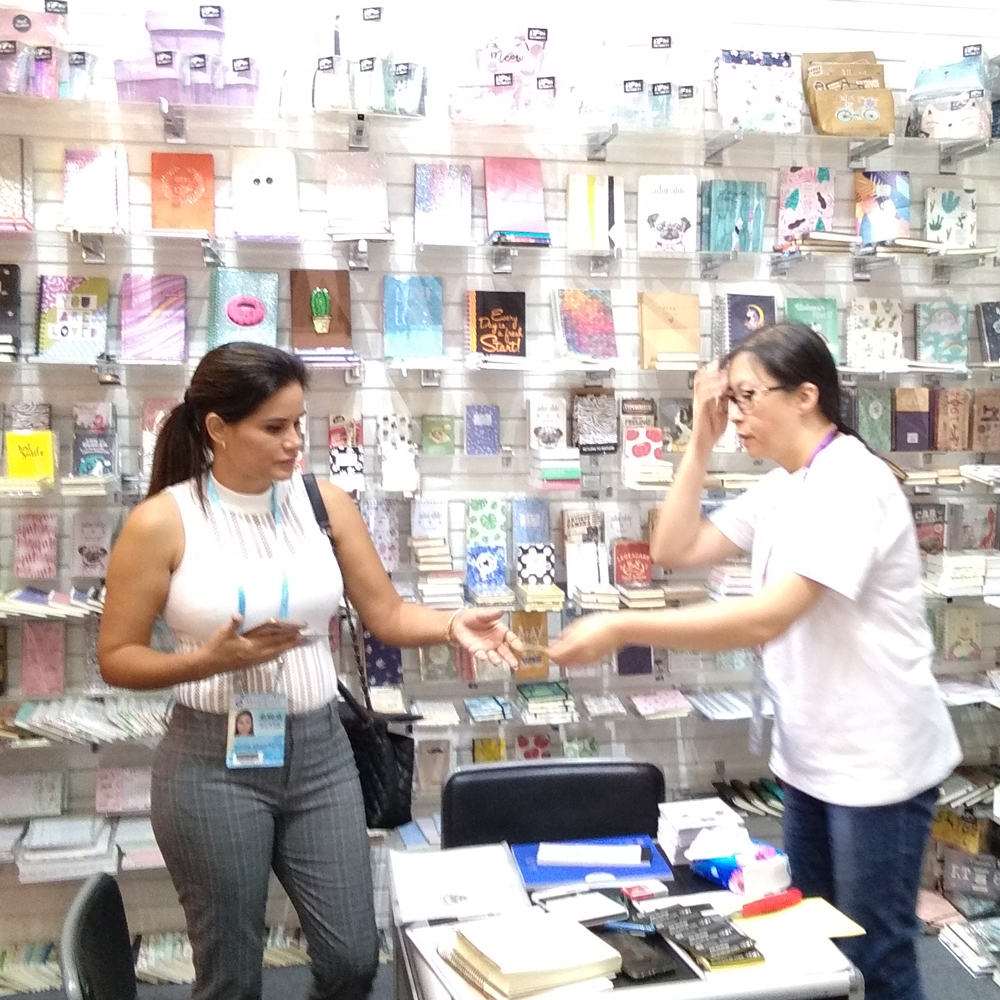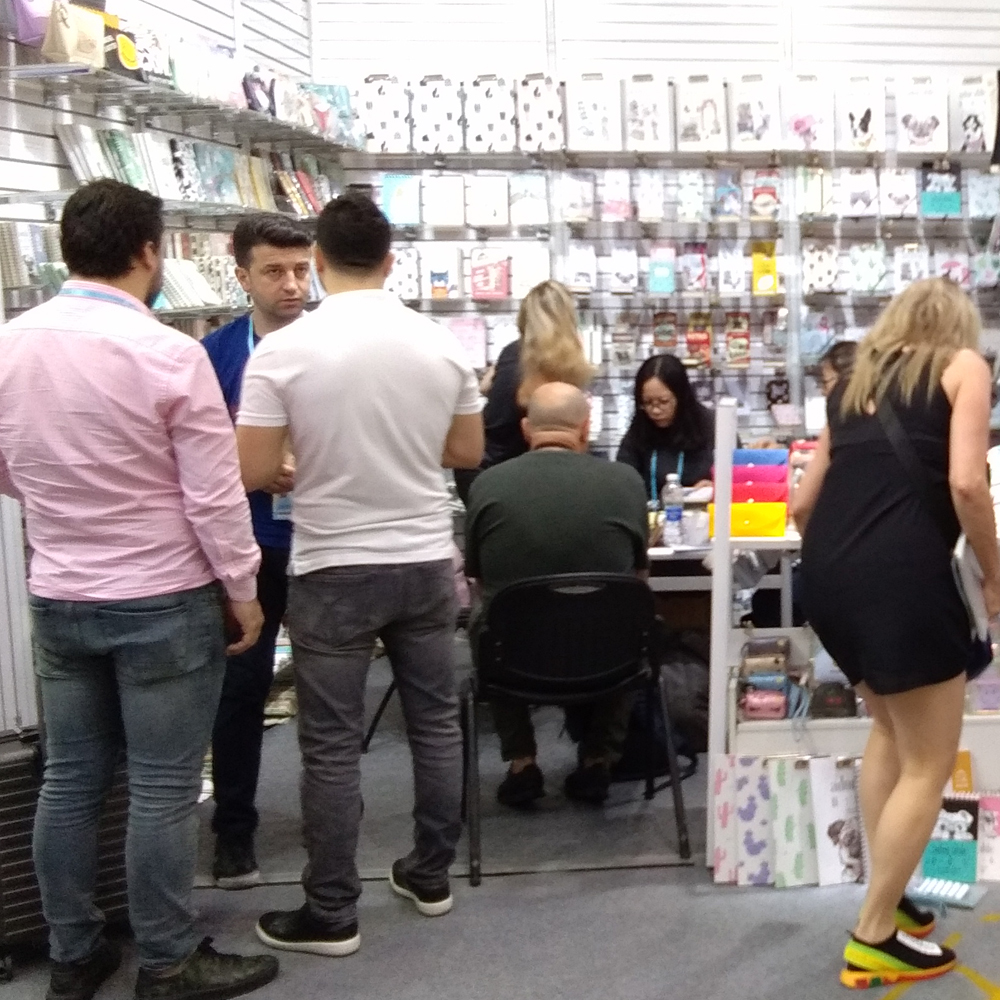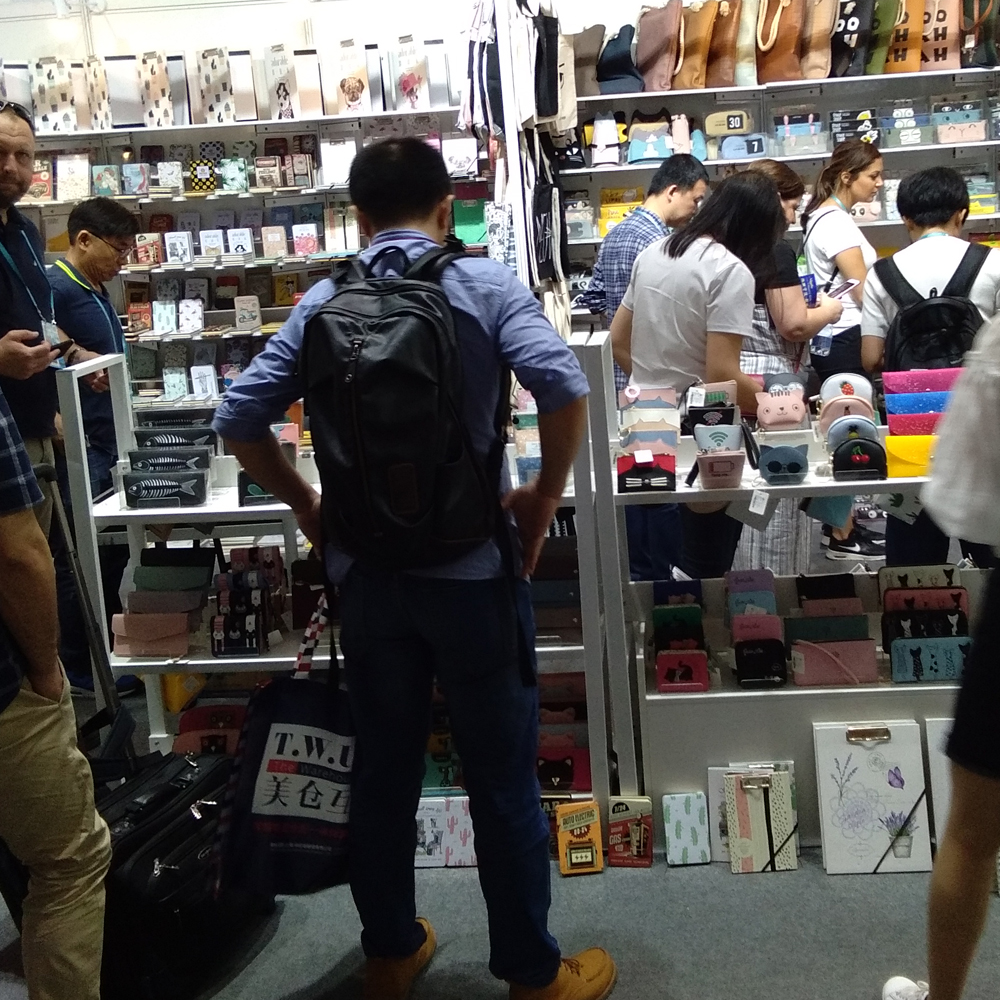Different printing methods have different advantages and disadvantages. Combined printing is to use multiple printing processes and post-press processing units at the same time to form a production line, make up for the defects of various printing methods, complement each other, improve the quality of printed products, and increase decoration And artistic effects, making printed products unique. In combination printing, especially screen printing can make up for some of the deficiencies of other printing, original print features, improve print quality and anti-counterfeiting effect. The following introduces some issues and development prospects that should be paid attention to in the flexo-screen printing of labels. 1. Features of label flexo-silk screen combination printing The current label market requires higher and higher printing technology. The main requirements for label product printing are: must be eye-catching, have a strong visual impact, have subtle performance in local details, and have a three-dimensional finish on the surface; can produce higher added value and have better anti-counterfeiting effects. Obviously, a single printing method simply cannot meet these requirements for label product printing. The biggest advantage of combination printing is that printing and post-processing can complete the above multiple requirements at once, which not only improves production efficiency, greatly reduces costs, but also meets some special requirements and greatly increases the added value of the label. At present, the anti-counterfeiting requirements for labels are getting higher and higher, and the label printing process is becoming more and more complicated. This is one of the reasons for the combination printing. The combination printing method meets the needs of the development of the modern printing industry and brings huge profits to the printing manufacturers, so it has developed rapidly. In foreign countries, more than 10% of label products have been printed using combination printing. The more common combination printing is the combination of flexo printing, screen printing, relief printing, offset printing, and post-press processing (hot stamping, glazing, laminating, die cutting, etc.). In label printing, the most representative at present is the combination of narrow web flexo-screen printing, which is also ideal. This is mainly due to the fact that narrow-web rotary flexo printing and cylinder screen printing can be operated inline, and printing and post-processing can be completed at once. It makes full use of screen printing to accumulate a thick ink layer, has excellent hiding power and other characteristics, and then uses the advantages of flexographic printing itself, such as printing speed and clarity, to gradually occupy an important position in the label and special printing market. With the development of modern UV technology, the stability and quality of UV printing equipment continue to improve, and the environmental protection functions are increasingly enhanced, which makes the share of the narrow-web rotary flexo printing machine applying UV technology (ink) in the global market show strong growth Trend. Screen printing can provide a very thick (up to 260μm) ink layer, suitable for the printing of labels with three-dimensional effects. Rotary screen printing unit printing UV varnish can get very high gloss or relief effect, printing metal ink can replace traditional hot stamping process, and the cost is low, will not cause pollution to the environment, can also print fluorescent ink, sublimation ink And other special inks, to obtain specific effects. In order to enhance the superiority of the rotary flexo-screen printing combination UV printing, many ink manufacturers are working hard to develop a rotary flexo and screen printing combination of more suitable UV inks, silicone-free resin ink is one of them. We know that in order to improve the viscosity of the ink in rotary screen printing and prevent the generation of bubbles, defoamers with a high silicone content are generally added to the ink. Due to the presence of silicone, flexo printing is often prone to poor overprinting and The crack phenomenon is a major problem faced by flexographic printing film materials. Silicone-free resin ink can be used to print the metal film with a certain thickness and smoothness by flexographic printing, which can eliminate white spots, noise, fish eyes and other defects on the printed matter, but the gloss of the ink layer is worse. With the improvement of the performance of silicone-free resin ink, it will inevitably further promote the development of label rotation UV flexo-screen printing combined printing. Second, the flexo-screen printing combined printing should pay attention to the problem In flexo-screen printing combined printing, because there are many factors that affect the printing quality, in addition to mastering the operating skills of screen printing and flexo printing, we must also pay attention to the characteristics of different printing methods, so that the two truly achieve their advantages. Complement each other to form a good combination. Flexo-screen printing combination printing should pay attention to the following points. 1. The use of printing materials and inks The combined printing system combines different printing technologies, which require different printing suitability of the printing materials. Generally, the more appropriate method is to improve the printing suitability of the printing material to be used, so that it can meet the requirements of mixed printing, especially overprinting, and fully consider whether the printing suitability of the selected printing material and ink are compatible with each other. Ink can sometimes cause incompatibility issues with other post-print finishing processes such as hot stamping, inkjet and laser printing. Therefore, it is generally necessary to test the compatibility of the ink before printing to understand the performance of the ink and other consumables. Operators of combination printing must undergo formal color matching training, such as screen printing ink and flexographic ink color matching often have problems, so pay attention to choose the right ink. Generally speaking, it is better to choose UV ink for screen printing combination printing. Because the curing process of UV ink is very stable, it can be completed just by shining under the UV lamp. In addition, the good adhesion properties of UV inks are suitable for a variety of printing materials, such as BOPP, PET, polyethylene, polystyrene and co-extruded composite films, which significantly reduces the auxiliary work before printing Time, the amount of adjustment work on the printing press is very small, and there is no need to add other additives. The ink will not dry even when printing is stopped halfway. UV ink has high hiding power and gloss, the surface of UV ink layer has extremely high abrasion resistance and chemical stability, etc., these characteristics are very suitable for label printing. 2. Speed ​​matching problem On combination presses, the printing speed is always constrained by the slowest unit in the combination. The speed of screen printing is slow. Due to the limitations of ink and drying performance, the speed of general rotary screen printing is usually controlled at 80 to 150 feet per minute. The speed of rotary flexo printing can reach more than 300 feet per minute. Therefore, in flexo-screen printing combined printing, the speed of the flexo printing machine should be appropriately reduced to maintain the consistency with the speed of screen printing. For sheet-fed printing presses, the speed matching problem can be solved by connecting two or three low-speed printing units in parallel to the high-speed printing unit, such as separating the printed sheets from the high-speed printing unit into two rows or three by a separating device The column then enters the corresponding low-speed printing unit. But this method does not apply to rotary presses. The speed matching problem still depends on the speed increase of the low-speed printing unit. In addition, if the post-press processing units are also combined in flexo-screen printing, it must be ensured that the order of each unit of the combined printing machine used has sufficient variability to adapt to the process combination required by various printed products. For example, the hot stamping unit is generally arranged at the rear end of the printing unit. After each process is arranged, there should be a margin in the production schedule of each process, so that it can be flexibly arranged in case of emergency. 3. Standardization issues There is a question whether each printing unit of the combined printing system is designed according to a unified standard or according to its own standard. Designed according to unified standards, each printing unit can coordinate work well, but lacks flexibility, and may encounter a lot of trouble when working independently; combined printing units designed according to their own standards, each unit maintains great flexibility, It can be operated online or independently, but the coordination is not high, and some mismatches may occur during the printing process. The final solution to this problem depends on the introduction of industry standards and the second choice of combined printing systems. 4. Problems with screen printing itself The characteristic of screen printing is that the ink layer is thick and the amount of ink used is relatively large, which brings great difficulties to the drying of the ink. The drying time is obviously longer than other printing methods, and the production efficiency is relatively reduced. These intangibles cause an increase in production costs. In addition, from the perspective of production control and quality, the accuracy and quality stability of screen printing are slightly inferior to offset printing, flexo printing and gravure printing. The requirements for color registration in label combination printing are very high. The accuracy of a certain printing process is not enough, which will inevitably reduce the accuracy and printing quality of the entire printed product. Therefore, for flexo-screen printing combined printing, increasing the speed of screen printing, developing new low-cost screen printing inks, and improving the registration accuracy of screen printing are the keys to solving these problems. The accuracy of computer technology registration provides a favorable guarantee for it, and application combination printing should pay attention to improving computer application technology. 3. Label flexo-screen printing combined market prospects According to experts' analysis of the current status of the label printing industry, the main development trends are: 1. Flexographic printing will become the ideal printing method for label printing, especially the rapid development of UV flexographic printing; Combined printing can not only complement the advantages of multiple printing methods, but also create new printing effects. The focus of flexo-screen printing combined printing is for high-end label and packaging printing. In addition to the relatively high requirements for pre-press design and plate making, some existing problems still need to be solved and improved. The market is broad, and I believe that flexo-silk screen combination printing will be the preferred method of label combination printing in the future.
Our PU cosmetic bags are designed and developed by ourselves. We can design the appearance, material and function of the products according to customers' requirements.
Jilin Y.F. Imp & Exp Co., Ltd is an exporter and manufacturer (Cang nan Y.F. Stationery & Gift Co., Ltd.)in Creative products, such as Backpack ,Shoulder Bag, Pencil Case , Handbag,Multifunctional Bag. Coin Purse .Cosmetic Bag.Storage bags. File Holder.Canvas handbag and Notebook etc. which is a professional stationery company setting research and development, producing, sales and trade into one. Our company always takes quality, service, efficiency and innovation as our management philosophy. Since our brand Y.F. has been put on the market, the products sell well throughout the country consistently, and be exported to Europe and America,, and South America countries as well as regions, where the product enjoys great customer loyalty and good population. Choose Y.F. is not to choose a batch of stationery, but to choose a commitment and responsibility, Thanks for your attention, support, trust an cooperation. Wish to establish long-term business relationship with you in the near future. Pu Cosmetic Bag,Large Makeup Bag,Makeup Kit Bag,Quick Makeup Bag Jilin Y.F. Import & Export Co.,Ltd , https://www.jilinyf.com
2. With the continuous improvement and development of related technologies, combination printing will gradually become the mainstream way of label printing;
3. New materials and new processes will be more widely used, and the intensity of label anti-counterfeiting printing will continue to increase;
4. Some international brands such as Procter & Gamble, Unilever, etc. entered the Chinese market, which put forward higher requirements for the local production of labels, and will further promote the development of label combination printing. 

